Rare photos of Dundee’s single-deck bus era revealed.
Derek Simpson has revealed photos from his new book, including personal favourites that did not make the final cut.
Graeme Strachan. A new book delves into the history of Dundee’s single-deck buses, which first hit the city streets in 1921. Derek Simpson’s book chronicles the first 75 years of these iconic vehicles and includes 160 photos that depict the history of the city’s fleet.
Derek’s interest in Dundee buses began in the 1970s, and he finally amassed a collection of 10,000 images over his lifetime.
He felt the city’s transport scene was under-represented, so he authored his first book on Dundee buses in 2020 after retiring from a 40-year banking career.
“Dundee’s Buses: 75 Years of the Single-Decker 1921-1996” is his sixth book.
To mark the occasion, Derek has shared several photos from the new book, as well as personal favourites that did not make the final cut.
Derek fell in love with buses in the 1970s
Beyond the buses, the photographs depict Dundee’s changing landscape, including departing individuals, lost shops, and vanishing views.
“Growing up, the bus was my main mode of transport – twice a day to school, and everywhere else I need to go,” Derek recalled!
“The family car was reserved for weekends so I quickly became familiar with Dundee’s routes, buses and depots.” Derek began to take buses frequently.
“Shore Terrace where a number of services started was the focal point and a place I loved to visit until it was closed in March 1974,” he told me.
“Having having written five volumes about Dundee buses, I intended to publish a detailed fleet history of the single-decker from its inception in 1921 until 1996, shortly before the company was sold to the National Express Group.
“My own interests in the single-decker were likely due to the fact I grew up with them as they were my home buses from 1970 onwards and I had family and friends that I visited regularly who also lived on other single-decker routes.”
Derek stated that the book contains “160 colour and monochrome images”. He stated, “My own fave time is the late 1960s to the early 1980s.
Arguably, this was the most significant transition from old half-cab buses to modern driver-only buses.”
Dundee buses started to replace the trams
Dundee’s bus era began in 1921, with the purchase of four Thornycroft vehicles.
Early buses were likely fairly basic, with hardwood benches and minimal suspension, frequently running on solid tyres.
Given that the majority of the roads were cobbled, the ride was everything but comfortable.
This contrasted sharply with trams, which provided a considerably smoother experience. However, it was not until 1927 that major bus operations began, with buses replacing trams on Constitution Road.
This transition was further aided by the acquisition of additional buses to replace the Monifieth tram service, which was short-lived, freeing up more vehicles to support the city’s embryonic bus network.
“Throughout the 1930s, the city expanded beyond the reach of the tram network, and the city centre was depopulating,” Derek explained.
“It was uneconomical and at the time unpractical to extend the tram network beyond its existing network so the bus provided the ideal solution.”
Dundee, like many other bus operators, contributed to the war effort in 1940 by surrendering 19 single-deck buses to the War Department, only seven of which returned to the city.
To improve fuel efficiency during the start of the war, several bus stations were marked with black circles, signalling their removal or relocation.
Service frequencies were reduced, and headlights and interior lights were concealed. Interestingly, no Dundee buses were destroyed in the city during the war.
Single-deckers made up 8% of 1960s fleet
Derek stated that the 1950s began optimistically, with Dundee Corporation approving tenders for ten single-deck buses following the relaxing of length and width requirements.
The contract was given to Daimler for £1,920, with Brush bodies costing £1,998. Derek described this as a major investment, as the total purchase price of £39,180 would be comparable to almost £1.7 million today.
In the 1960s, single-deckers accounted for only 8% of the fleet, indicating a shift in passenger needs and Dundee Corporation priorities.
The fundamental driver of this adjustment was capacity. At the time, the largest double-deckers could seat 83 passengers, while the best single-decker had just 46 seats and 22 standing passengers.
This setup frequently made for an uncomfortable experience, especially on damp, rainy days when a thick haze of cigarette smoke hung over people.
Derek claimed they were incredibly claustrophobic, especially around rush hour.
Which bus did you take in the 1970s?
“In the 1970s some of the main single-decker routes were 3, 4 and 9 which served Johnston Avenue, Clement Park and Claverhouse respectively,” according to Derek.
“They served Dundee Royal Infirmary via Infirmary Brae, and the steep hill required only single-deckers to operate.
“I’m not sure if this was due to a bylaw, Corporation policy, or simply the buses’ inability to manage the conditions.
“There have been several reports of accidents, particularly during the winter. “One eyewitness described an instance in which a bus reached the top of the Brae, came to a stop at the junction, and then slid all the way back down, forcing the driver to negotiate the tight bend towards the bottom while driving backwards!
“This was rescinded in the mid-80s when modern double-deckers took over.”
Will Derek write a second volume in future?
Derek stated that in the 1980s, the quantity of full-size single-deckers decreased, with Tayside preferring double-deckers, specifically the Volvo Ailsa.
“A few stragglers remained but were soon replaced by shorter and even mini buses catering to routes like Dryburgh,” he told me.
“By 1992 in a change from the policy of the 1980s the company would source only new and second-hand single-decker buses until Tayside Public Transport Company Ltd was sold to the National Express Group.”
The story concludes in 1996, which Derek describes as a “natural turning point as National Express took over the employee-owned Tayside Buses in early 1997″. This “quiet revolution” delivered a huge number of low-floor single-deckers to Dundee, “freeing those who had struggled to use the bus.”
He elaborated: “Today, buses equipped for wheelchairs, prams and buggies are standard, something we often take for granted, yet it has only become the norm in the last 25 years.”
Derek stated that this period of time could easily fill another book. Perhaps a second book is on the way? Derek said, “Never say never…”
Read more on Straightwinfortoday.com

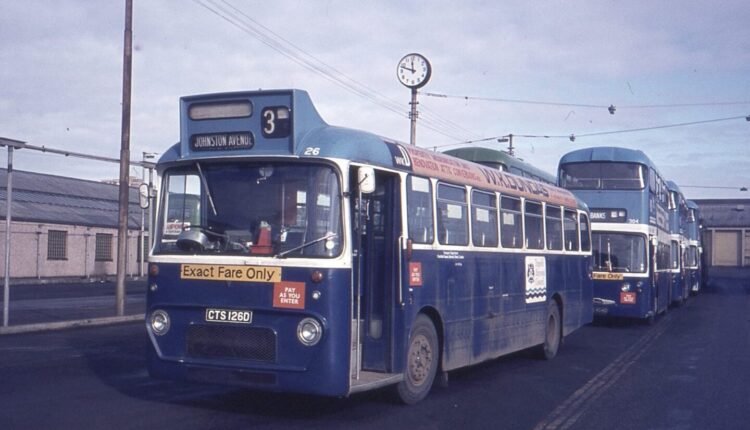
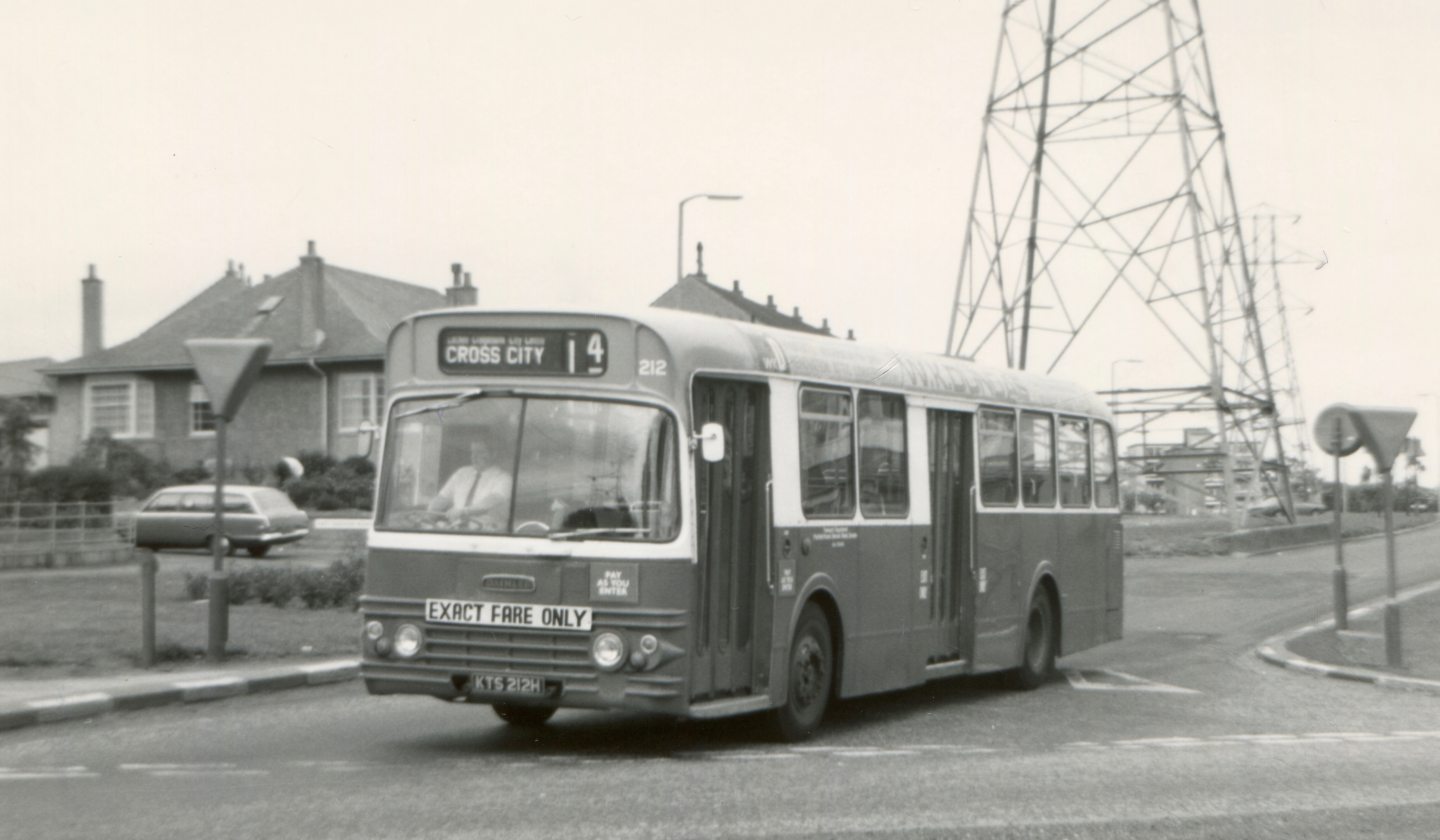
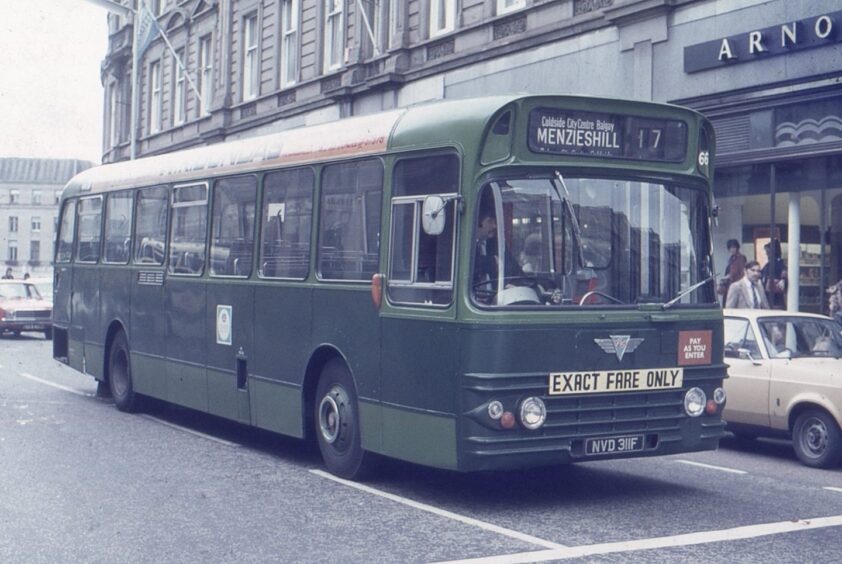
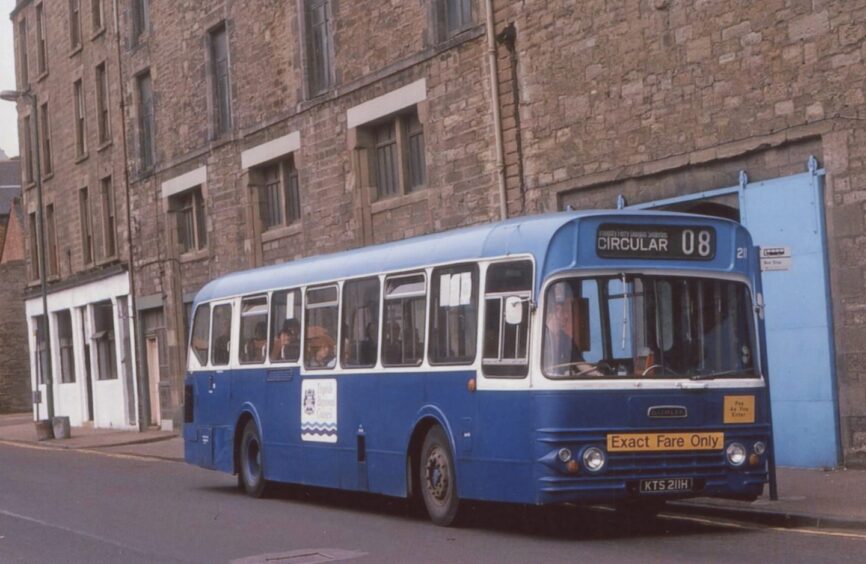

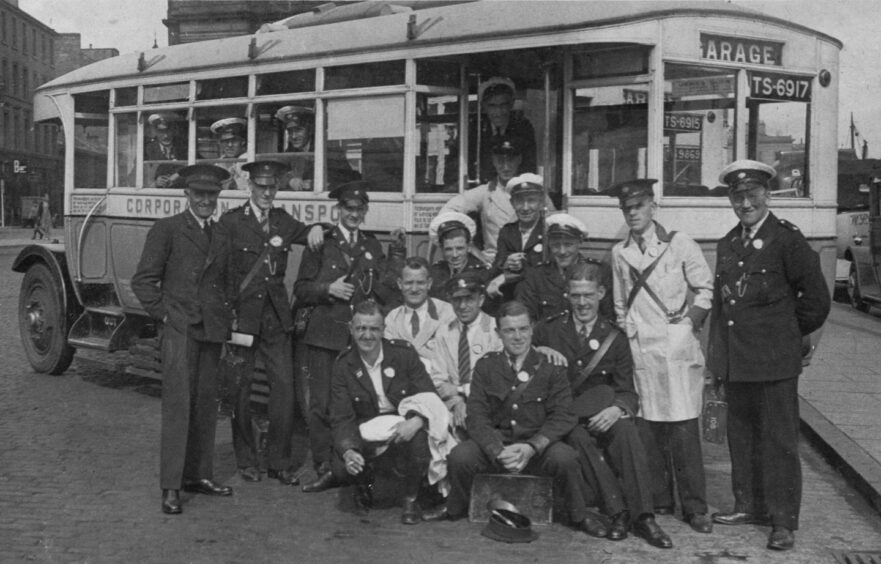
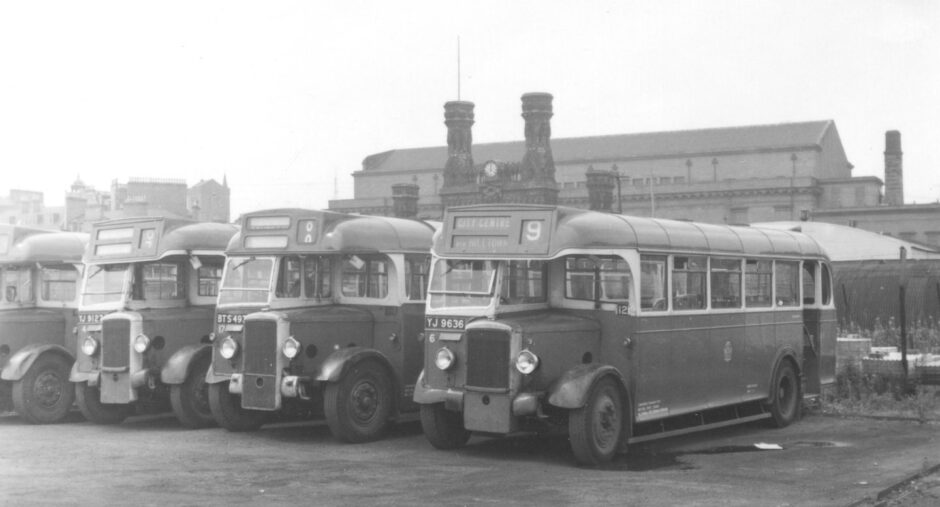
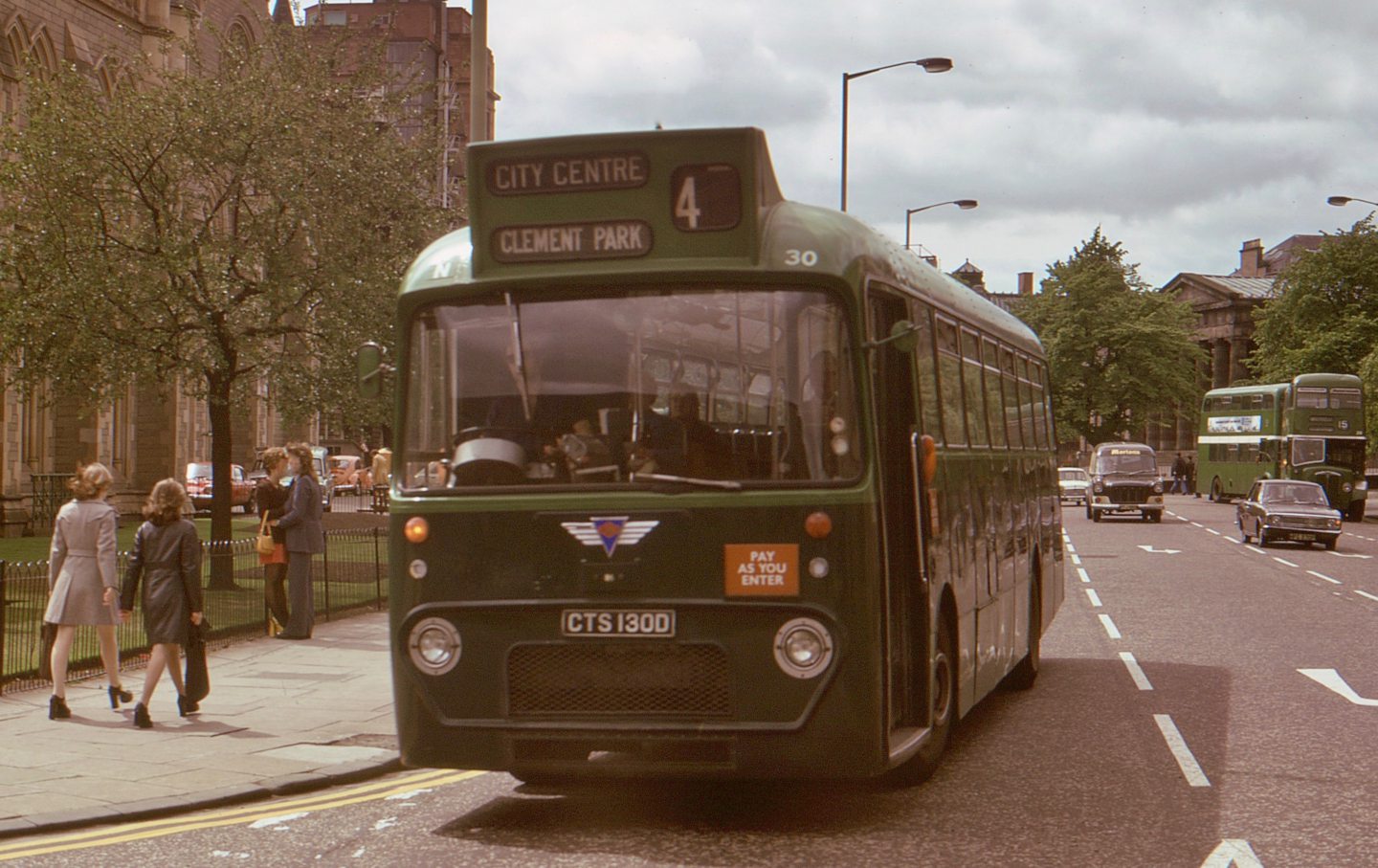
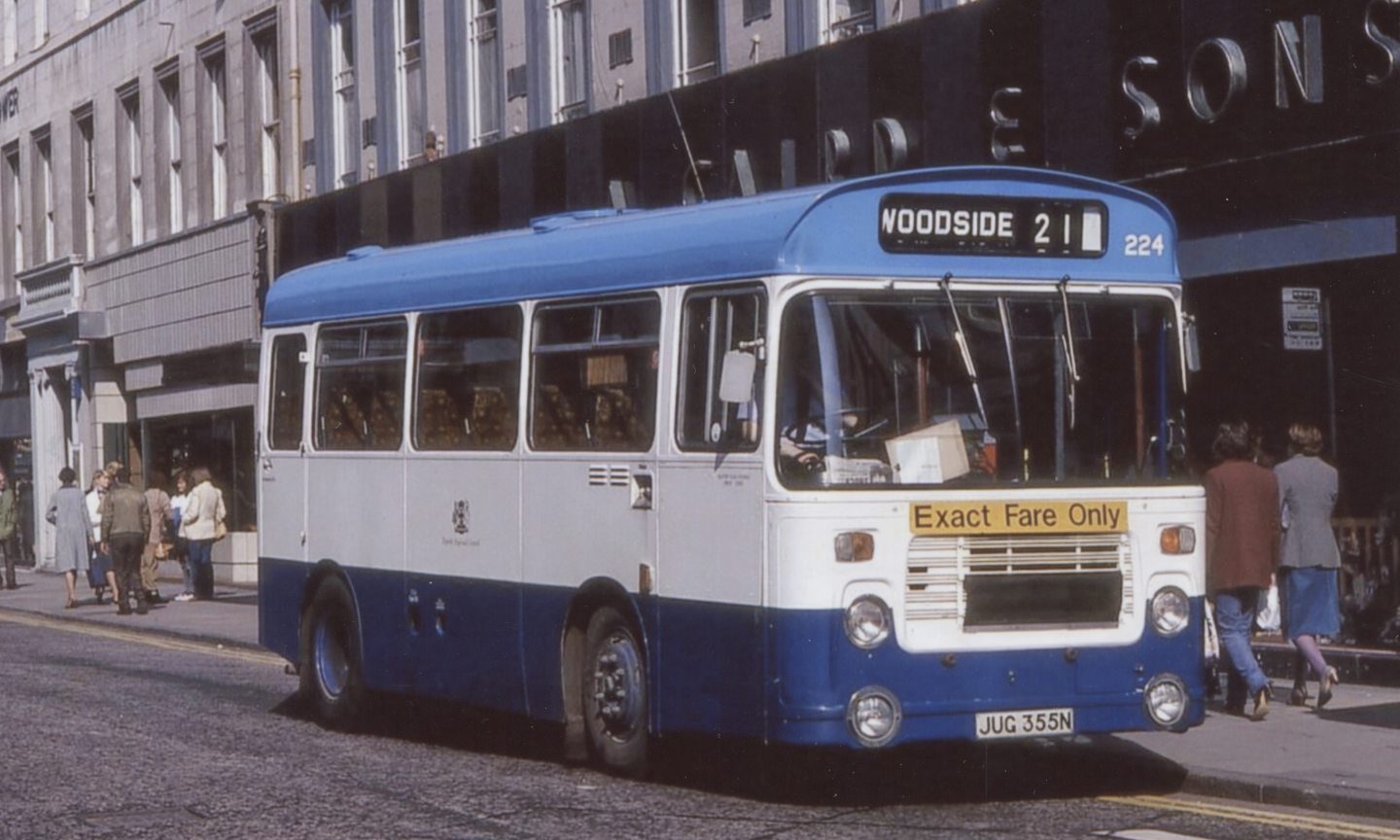
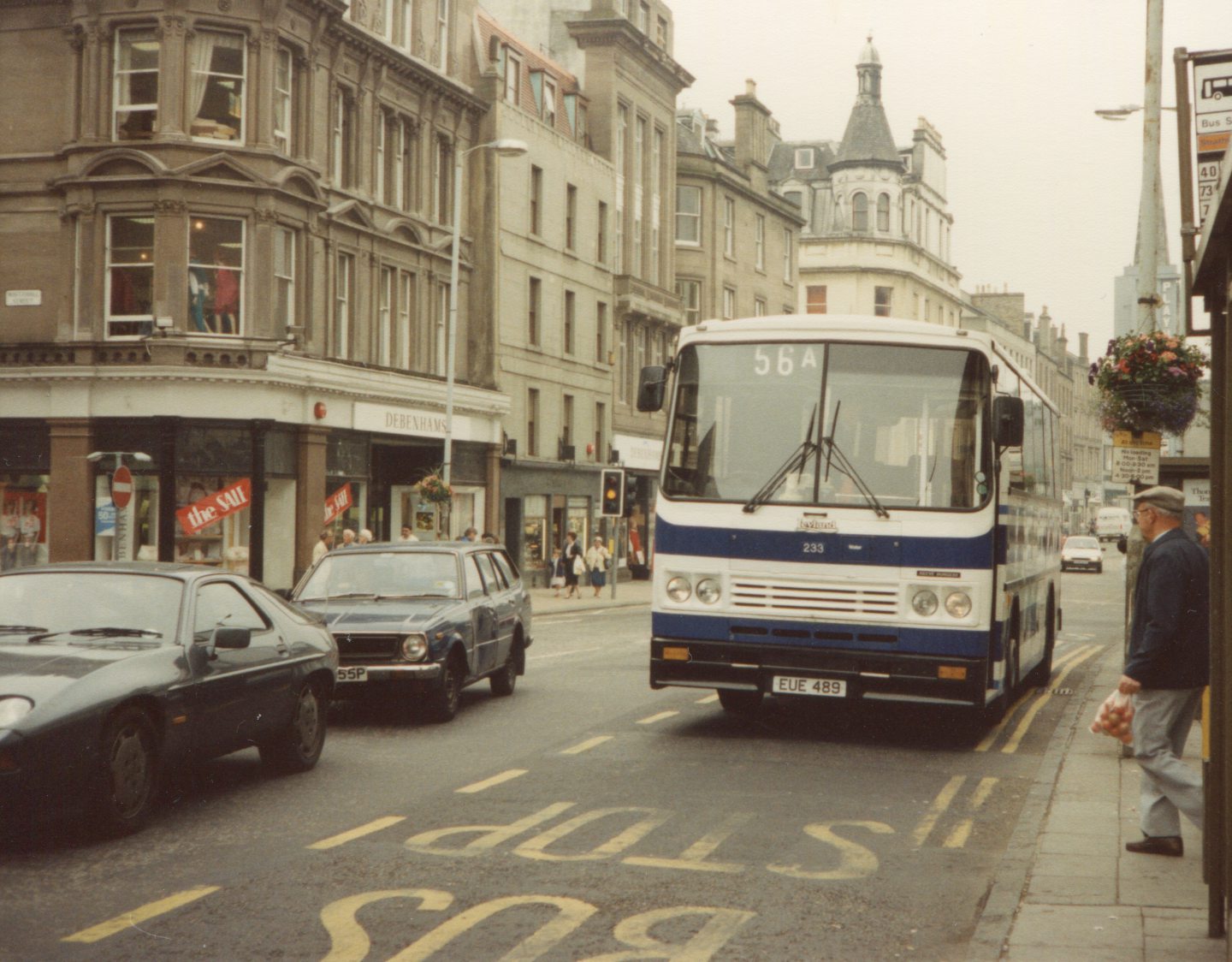
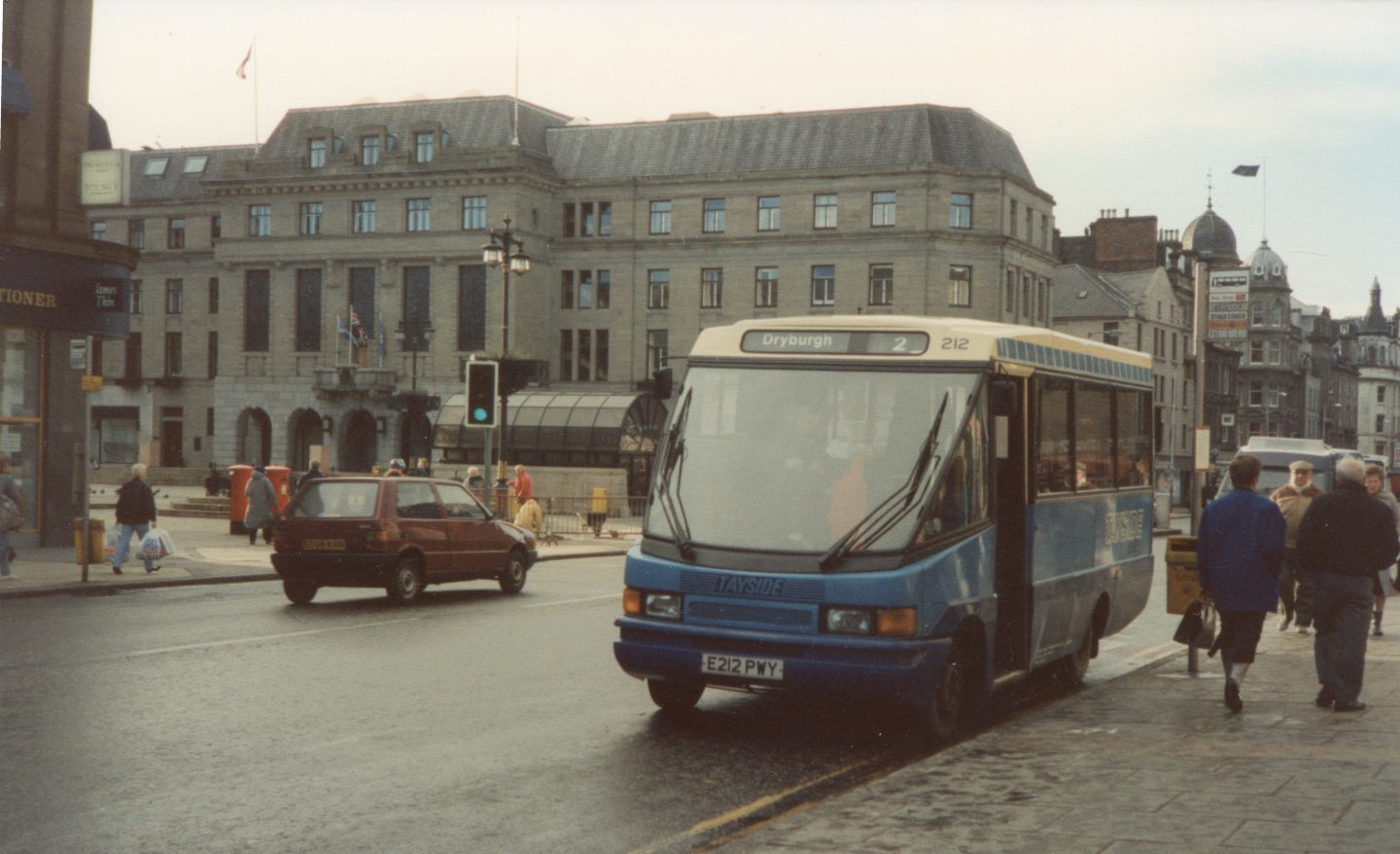
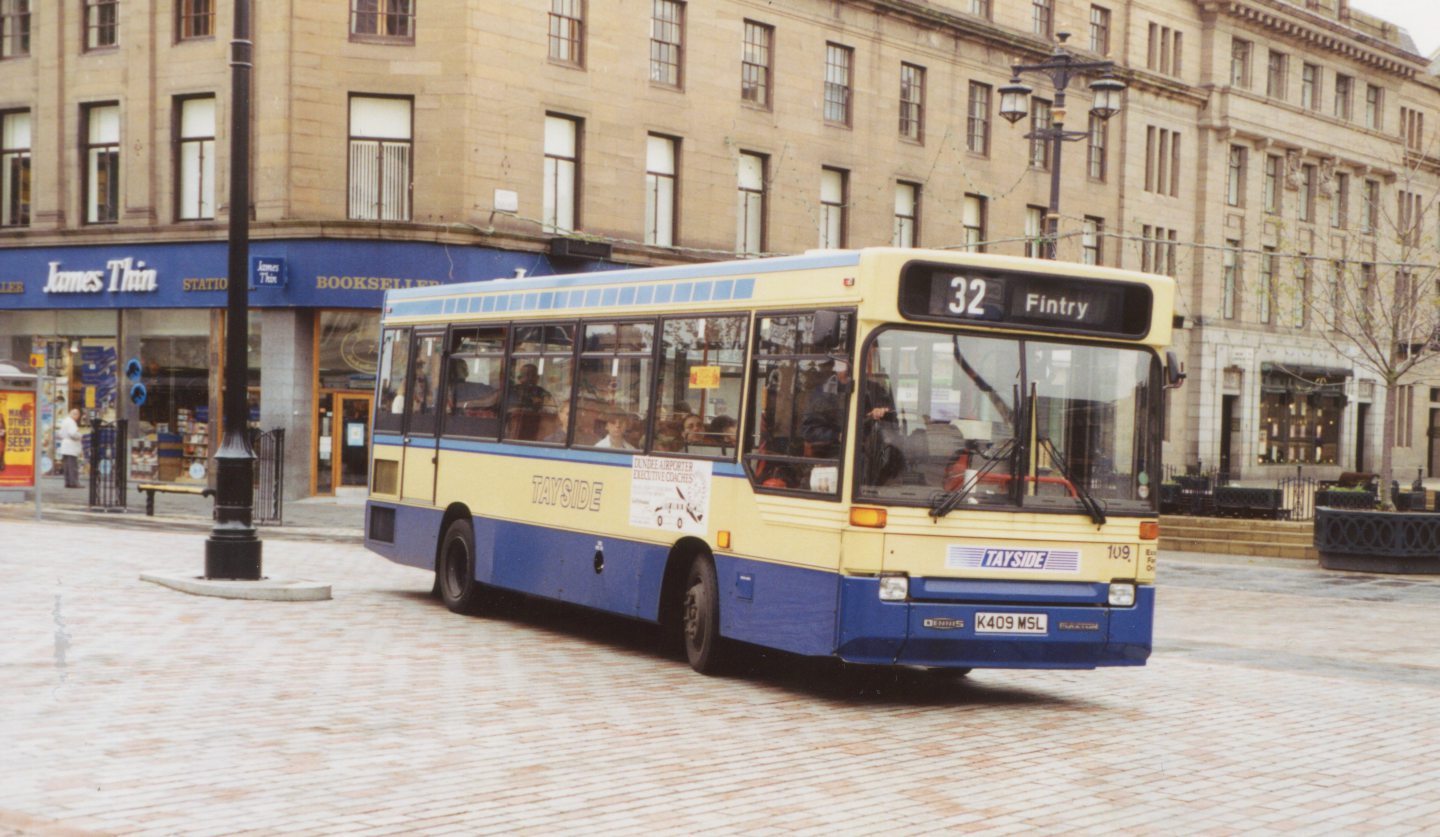
Comments are closed, but trackbacks and pingbacks are open.